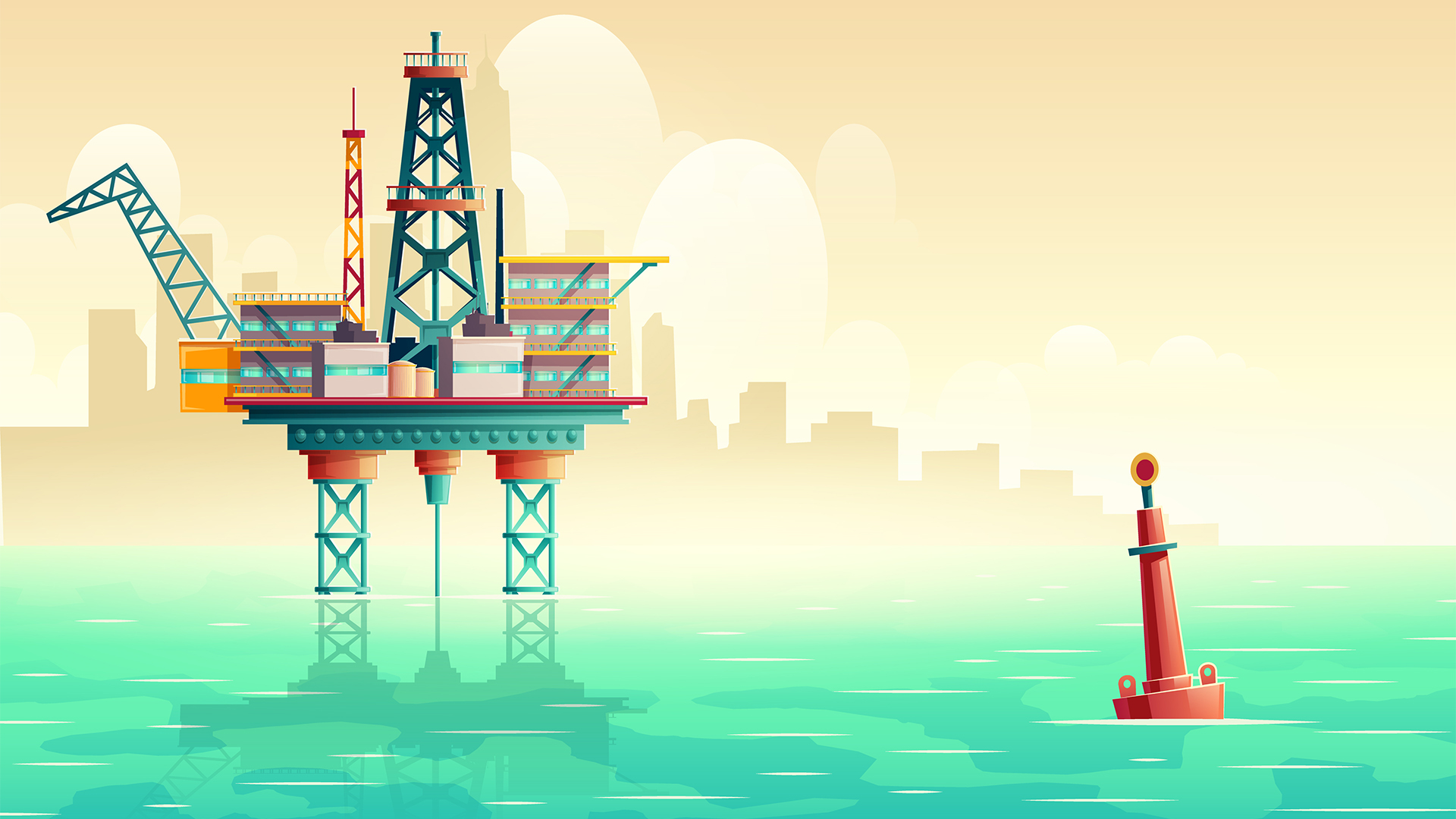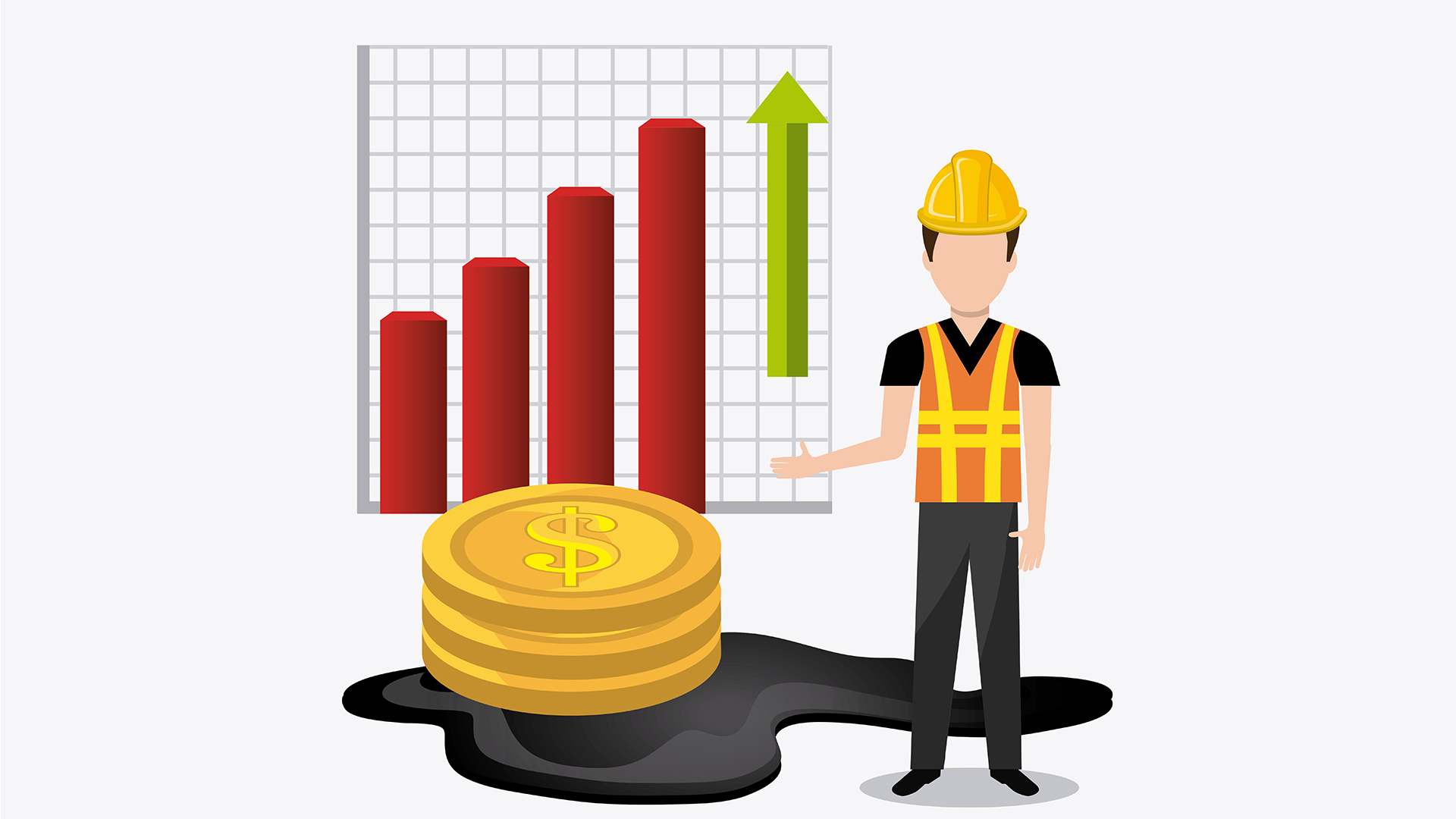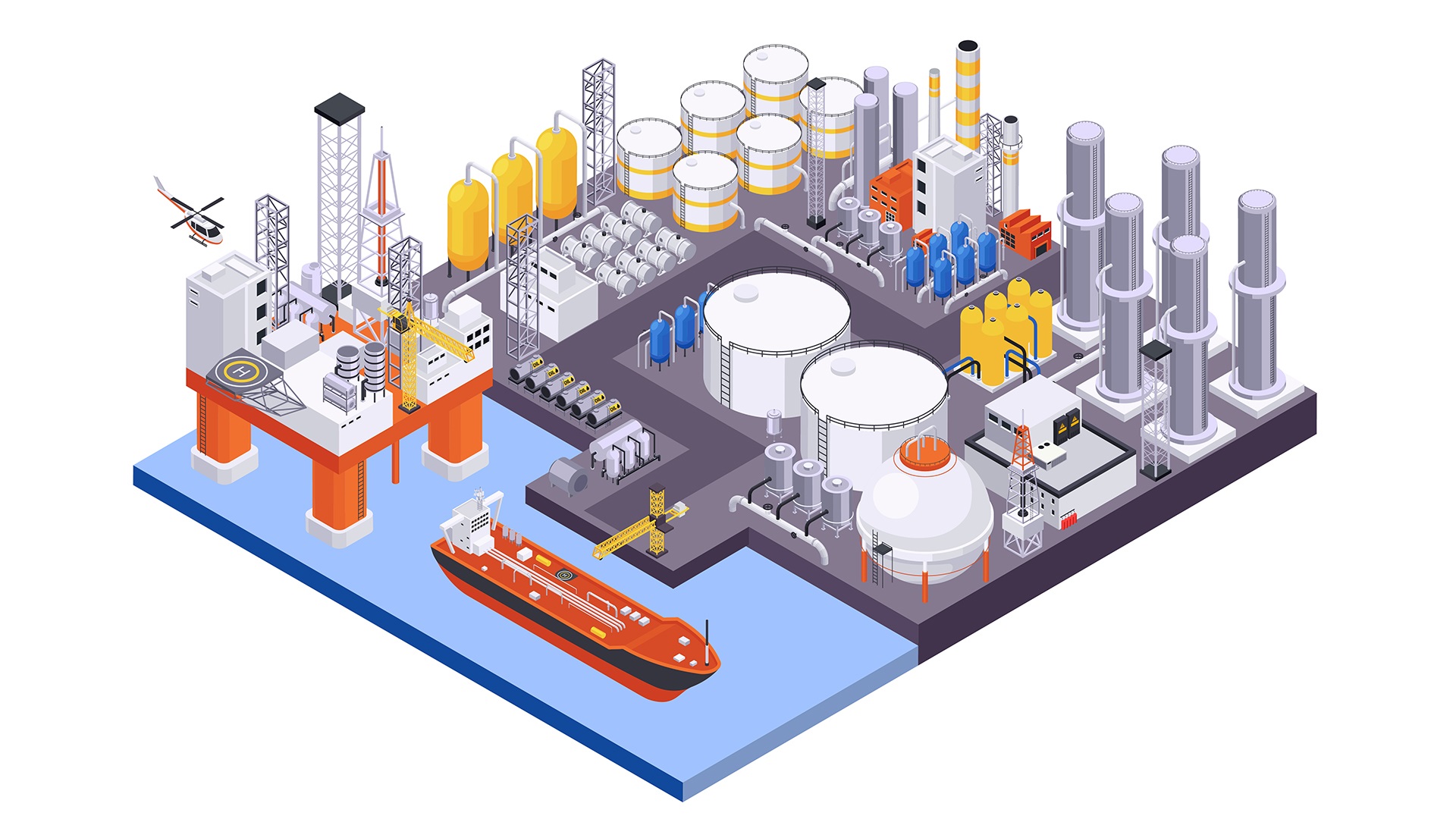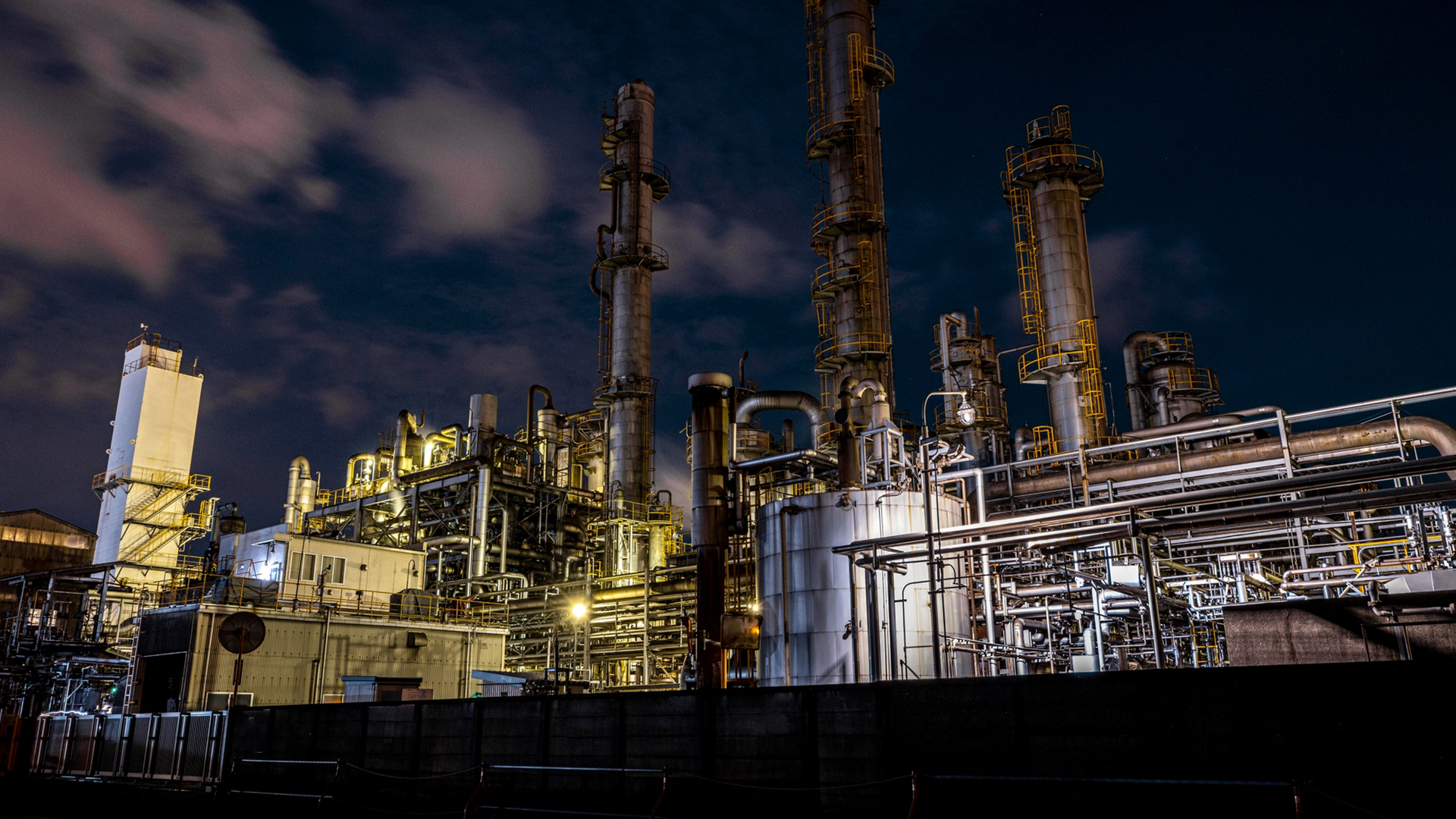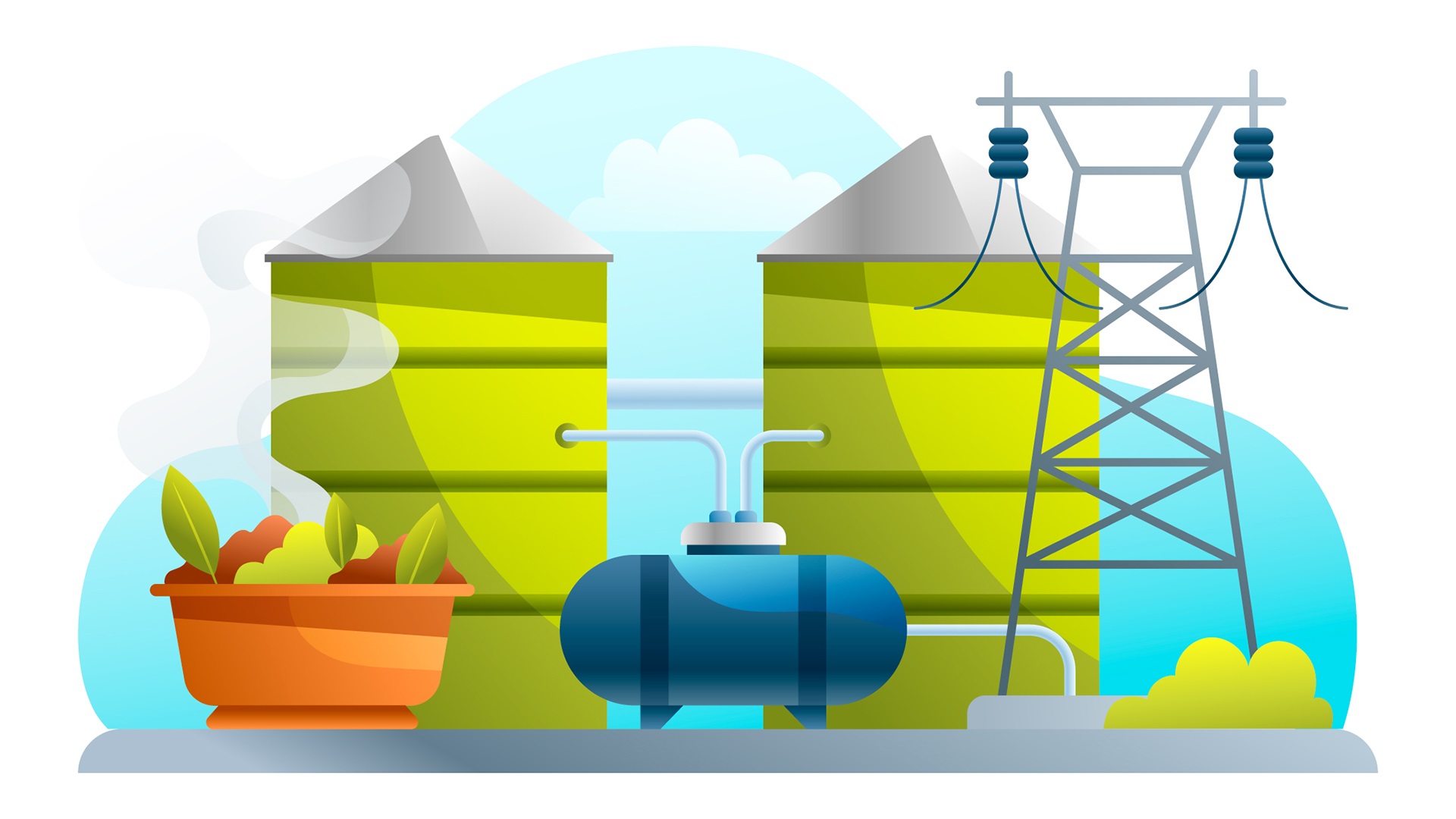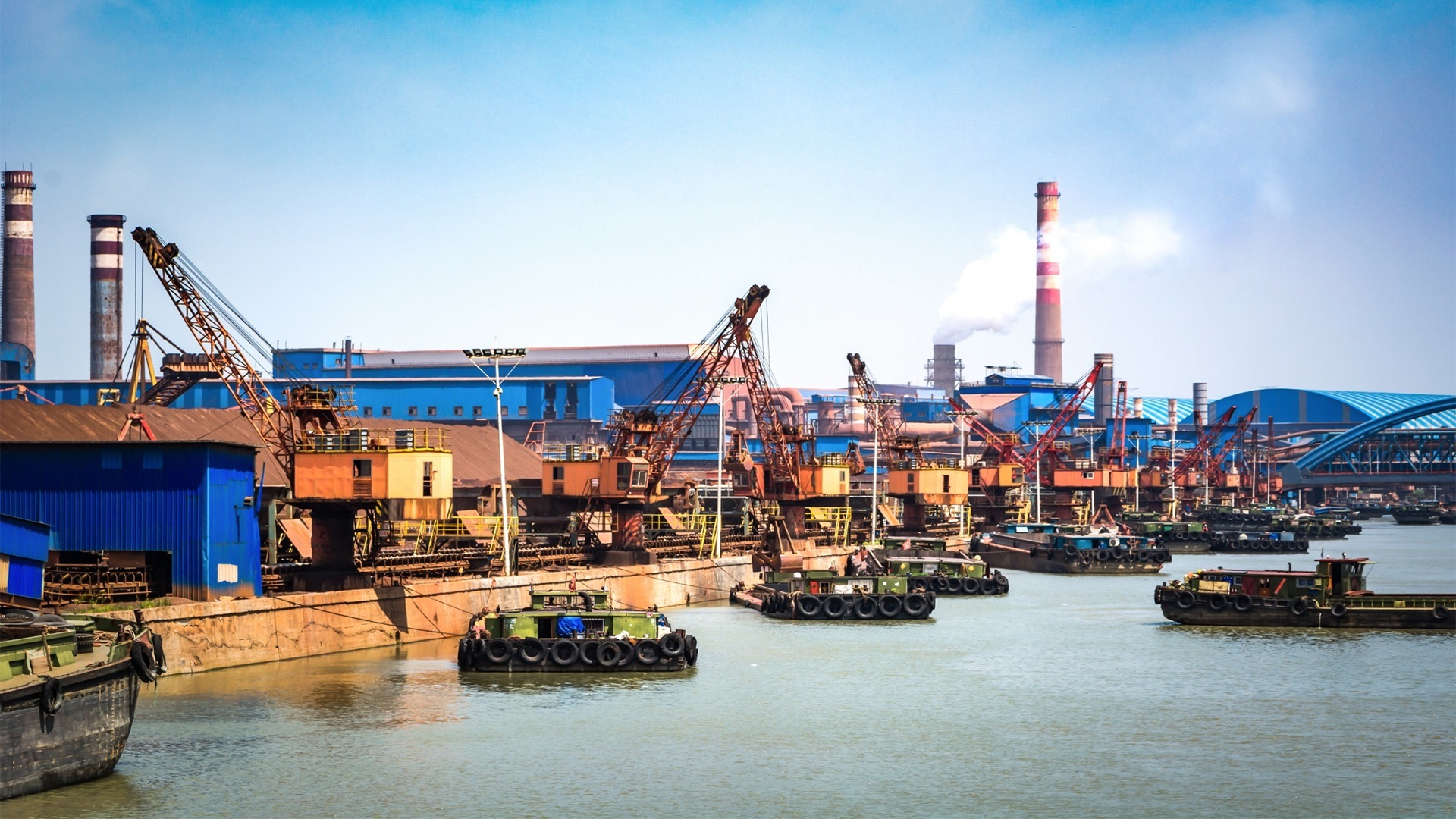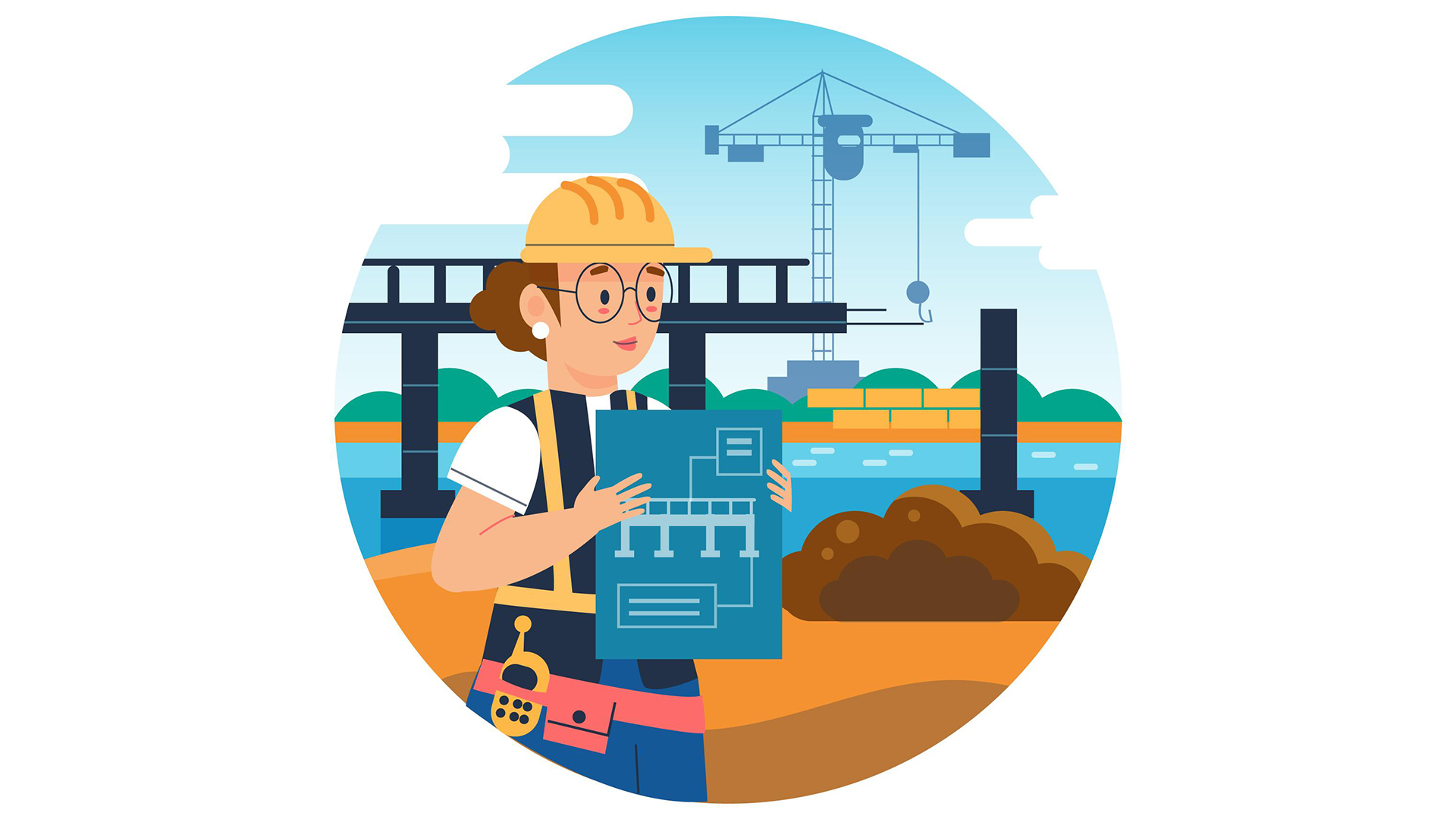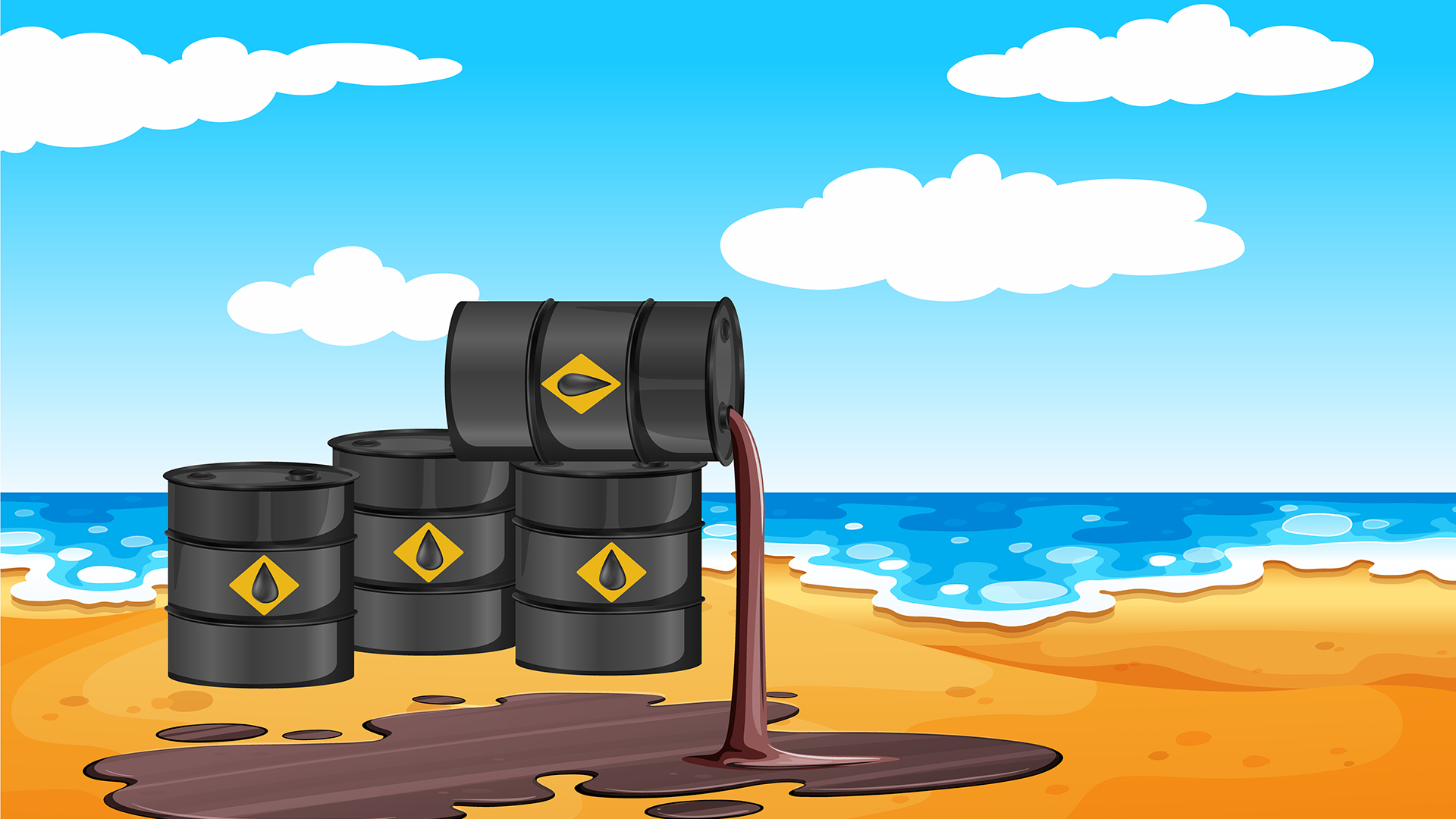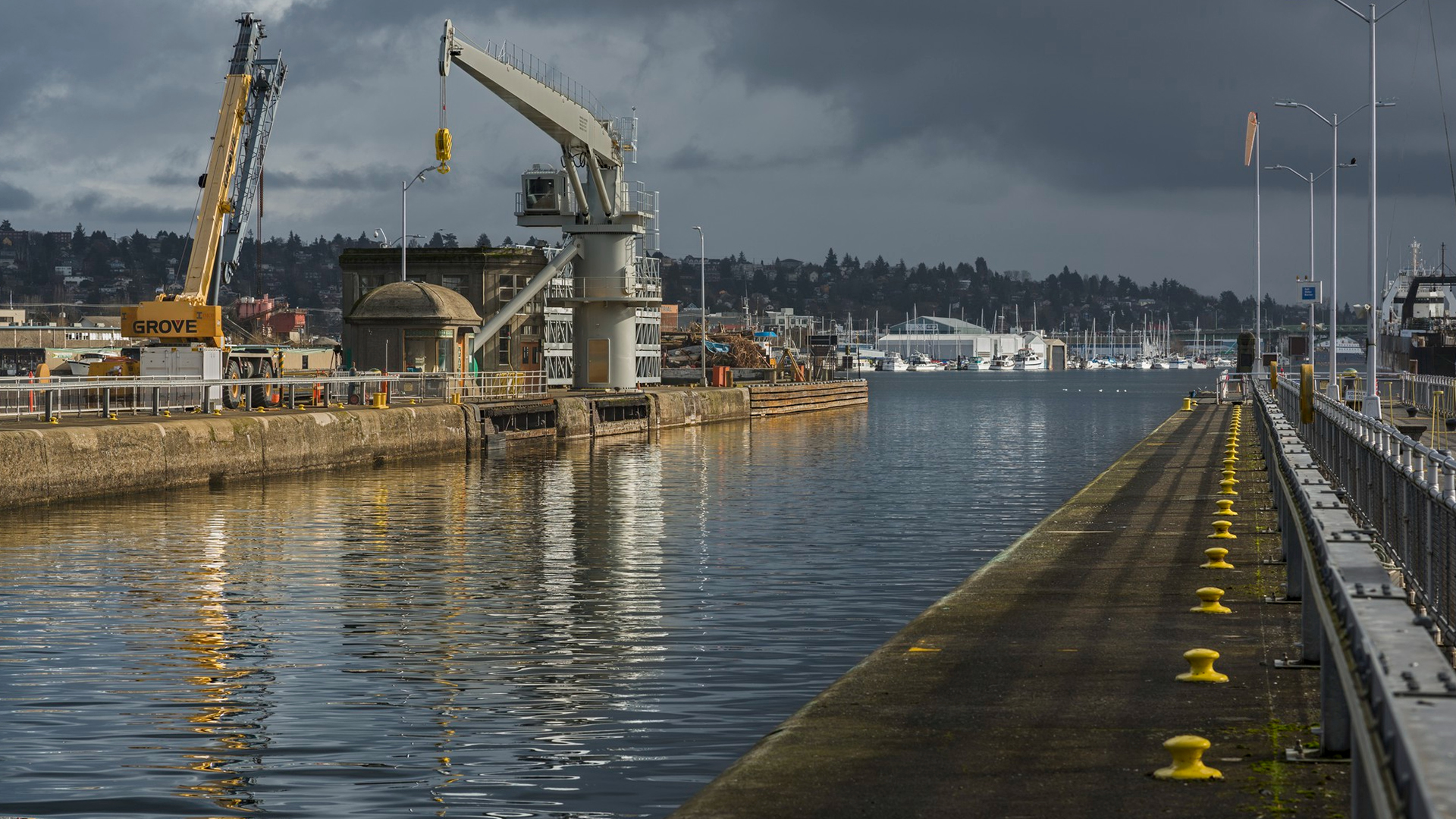
Subsea Engineering Secrets Revealed
Course overview
This course will take a professional approach to educating professionals the skills necessary to guarantee the longevity, functioning, and efficacy of subsea and pipeline systems. All of the project’s important stages will be identified and covered, including planning, designing, implementing the plans, installing, inspecting, maintaining excellent maintenance practices, fixing and maintaining systems, guaranteeing system integrity, and commissioning projects. Along with providing an overview of the global subsea pipeline business, it will also guarantee that the skills you acquire from it may be applied globally for long-term, sustainable career development and progress.
A subsea hydraulic engineer: what is it?
In order to bridge the knowledge gap in subsea and pipeline engineering, which exists across the sector, this course aims to provide a perfect connection to the knowledge already available from expertise and reliable specialists. Every new and developing technology across all industries is covered. Additionally, there are more and wider ways to protect the integrity of assets, and more people are required to maintain both a wider scope of tasks and the traditional responsibilities.
Thus, this Training Bee course will give the participants a head start in the exciting learning journey of being the international authoritative voice of operations in their particular domains, as well as in subsea and pipeline engineering.
How does a submarine system operate?
Participant’s ability to collaborate with others and communicate will both be significantly improved by this training. It will also present excellent chances to network with seasoned business associates. The participants will gain knowledge on effective methods for information gathering, allocating workloads among group members, and allocating other responsibilities. Additionally, it will impart to the participants a variety of techniques for data analysis and information extraction. The use of crucial system components, including mooring systems, risers, pipelines, wellheads, and drilling rigs, will be taught. Professionals with experience in mechanical engineering, offshore engineering, naval architecture, and other relevant industries may find it interesting.
Introduction
A specialized and intense curriculum called an advanced subsea and pipeline engineering training course is created to give professionals enhanced knowledge and abilities in the subsea and pipeline engineering area. Those who already have a basic understanding of subsea and pipeline systems and want to deepen their knowledge in this intricate and crucial area of the oil and gas industry are the typical target audience for this course.
The extensive curriculum of the Advanced Subsea and Pipeline Engineering Training Course explores the intricacies of the pipeline and subsea infrastructure utilized in the offshore energy industry. It is designed for engineers, project managers, and industry professionals in the oil and gas sector as well as those in allied professions including offshore construction and marine engineering.
We are The Training Bee, a global training and education firm providing services in many countries. We are specialized in capacity building and talent development solutions for individuals and organizations, with our highly customized programs and training sessions.
Taking an Advanced Subsea and Pipeline Engineering Training Course is a great way for professionals to become even more knowledgeable and proficient in this niche area. It gives students the tools they need to take on the particular difficulties presented by subsea and pipeline engineering, support the expansion and sustainability of the sector.
Learning Objectives
Upon completing Master class in Subsea and Pipeline Engineering, participants will be able to:
- Provide the participants with the resources they need to make wise and trustworthy judgments.
- Discover how pipelines and subsea systems are interconnected.
- Learn how to install a pipeline system.
- Acquire knowledge of subsea systems and pipeline maintenance.
- Increase familiarity with FPSO and FLNG
- Enhanced comprehension and expertise of pipelines, marine life, and subsea operations with respect to internationally advised best practices and standards
Our Unique Training Methodology
This interactive course comprises the following training methods:
- Journaling – This consists of setting a timer and letting your thoughts flow, unedited and unscripted recording events, ideas, and thoughts over a while, related to the topic.
- Social learning – Information and expertise exchanged amongst peers via computer-based technologies and interactive conversations including Blogging, instant messaging, and forums for debate in groups.
- Project-based learning
- Mind mapping and brainstorming – A session will be carried out between participants to uncover unique ideas, thoughts, and opinions having a quality discussion.
- Interactive sessions – The course will use informative lectures to introduce key concepts and theories related to the topic.
- Presentations – Participants will be presented with multimedia tools such as videos and graphics to enhance learning. These will be delivered engagingly and interactively.
Training Medium
This Master class in Subsea and Pipeline Engineering training is designed in a way that it can be delivered face-to-face and virtually.
Course Duration
This training is versatile in its delivery. The training can be delivered as a full-fledged 40-hour training program or a 15- hours crash course covering 5 hours of content each day over 3 days
Pre-course Assessment
Before you enroll in this course all we wanted to know is your exact mindset and your way of thinking.
For that, we have designed this questionnaire attached below.
- How many years of experience do you have in the field of subsea and pipeline engineering, and what is your present function there?
- What are the main elements and what they do in a subsea production system?
- What are the main problems and factors to be taken into account in subsea engineering, namely with regard to pressure, temperature, and depth?
- Describe the significance of pipeline integrity management in the oil and gas sector.
- Describe the various materials used in subsea pipes, along with the benefits and drawbacks of each.
- What are the main variables, taking into account geo-hazards and seabed conditions that affect the design and installation of subsea pipelines?
Course Modules
This Master class in Subsea and Pipeline Engineering covers the following topics for understanding the essentials of the Agile Workplace:
Module 1 – Pipeline Planning
- Stability on the bottom
- Water dynamics around pipes
- Flow guarantee
- Prevention of corrosion
- Upheaval, lateral buckling, and expansion
- Caramel and bitumen
- Fatigue and vibrations brought caused by vortices
Module 2 – Underwater Engineering
- Framework for subsea asset integrity and project execution
- Submarine manufacturing networks
- Overview of subsea field development
- Leading groups of workers with diverse skills
- Submarine apparatus and structures
- Execution of the project and interfaces
- A synopsis of underwater engineering
Module 3 – Installation, Integrity, and Management of Inspections for Pipelines
- Cleanup of pipeline oil spills
- Pipes with spiral welds
- Inspection, maintenance, and repair of pipelines
- The impact of pipeline integrity and installation
- Techniques for installing pipelines
Module 4 – Installation and operations under the sea
- Offshore surveying
- Typical vessels for installations
- Examine this case: CAPEX modeling
- Submarine Basis
- Submarine pipeline construction
- Submarine soil research
- Submarine cost projection
- Underwater simulation center
Module 5 – The integrity and upkeep of pipelines
- Assessment of the environmental impact (EIA)
- Analyzing risks quantitatively
- Risk-oriented examination
- Systems for detecting leaks
- Repercussions of modeling for oil and gas leaks failing
Module 6 – Submarine Structure
- Structures for subsea power supplies
- Trees and submerged wellheads
- Ends of pipelines and inclines
- Subsea command
- A riser cable
- A control cord
Module 7 – Checks of Subsea Facilities
- Risk management for projects Pipeline RBI RoV (remotely operated vehicles) interaction
- Submarine restoration methods
- Temporary cessation
- Risk evaluation
- Keeping assets’ integrity performance steady
Module 8 – Umbilical, Flow lines, and Riser
- Drilling riser codes of design
- Umbilical cord systems offshore
- Flow lines (SURF), Wave fatigue or risers, and Hybrid risers (VIV).
Module 9 – In an FPSO or FLNG production vessel
- Offloading (transfer) of oil and gas
- Interactions between subsea umbilical, riser, and facilities
- Environmental factors impacting the operation of FPSOs
- Inspection and maintenance of FLNG and FPSO
- Statutes and regulations
- Key takeaways and their relevance to the advancement of professional careers are outlined.
Post-course Assessment
Participants need to complete an assessment post-course completion so our mentors will get to know their understanding of the course. A mentor will also have interrogative conversations with participants and provide valuable feedback.
- What lessons did this Advanced Subsea and Pipeline Engineering Training Course teach you that you found most important?
- How has this course changed your understanding of the principles and procedures of subsea and pipeline engineering?
- Could you elaborate on a particular course topic or idea that you thought was really insightful or useful?
- Have you gotten a chance to use any of the knowledge or abilities you’ve learned in this course in your projects or work? If so, kindly give some instances.
- Did the course material meet your initial objectives and expectations? If not, what topics do you wish had been discussed in more depth?
- What obstacles did you face during the course, if any, and how did you overcome them?
Lessons Learned
Comprehensive Understanding: The participants now possess a thorough understanding of pipeline and subsea engineering, including knowledge of its essential elements, difficulties, and industry best practices.
Safety and Environmental Awareness: Participants have learned to give priority to safety and environmental issues in their work, as these are critical parts of subsea and pipeline engineering.
Depth and Complexity: The field of subsea and pipeline engineering is deep and multidimensional. The participants now understand the breadth of information needed to succeed in this sector.
Materials and Corrosion Management: Choosing and managing the right materials for subsea pipes and taking care of corrosion problems are essential for maintaining the durability and integrity of infrastructure.
Flow Assurance: A crucial component of subsea engineering, participants have learned methods and approaches for preserving smooth flow in pipes under difficult circumstances.
Field Development techniques: Participants now understand the significance of field development techniques and their effects on project efficiency and economics, including subsea tiebacks.
Advanced Technologies: Participants in the course have been introduced to software tools used in pipeline and subsea engineering, as well as ROVs and AUVs.
Knowledge of Regulation and Compliance: Participants now understand the significance of abiding by industry standards, laws, and best practices, as well as how these affect the planning and carrying out of projects.
